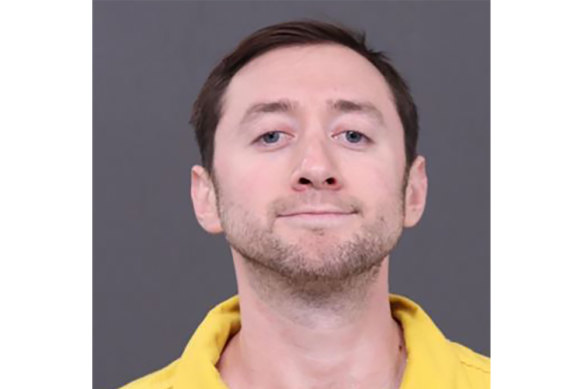Warning: Graphic content
New York: A graphic video of a Pennsylvania man accused of beheading his father, which circulated for hours on YouTube, once again highlighted gaps in social media companies' ability to prevent horrific posts from spreading across the web.
Justin Mohn, 32, was charged with first-degree murder and abuse of a corpse after he beheaded his father, Michael, at their Bucks County home and posted it in a 14-minute video on YouTube that anyone, anywhere, could see.

Justin Mohn, 32, is accused of beheading his father in suburban Philadelphia and posting a horrific video on social media. credit: AP
News of the incident — which prompted comparisons to beheading videos posted online by Islamic State militants nearly a decade ago — came as the CEOs of Meta, TikTok and other social media companies testified before federal lawmakers frustrated by what they see as an attack. . Lack of progress on children's online safety YouTube, which is owned by Google, did not attend the hearing despite its status as one of the most popular platforms among teens.
This disturbing video comes on the heels of other horrific clips broadcast on social media in recent years, including mass shootings in the US that were broadcast live from Louisville, Kentucky; Memphis, Tennessee; and Buffalo, New York – in addition to the massacre filmed in Christchurch, New Zealand, and the German city of Halle.
The Pennsylvania video was posted around 10 p.m. local time Tuesday and remained online for about five hours, Middletown Township Police Capt. Pete Finney said. This time lag raises questions about whether social media sites are committed to moderation at a time when it may be needed more than ever, amid the wars in Gaza and Ukraine, and the highly controversial US presidential elections.

The house where the alleged murder occurred.credit: AP
“It's another example of these companies' blatant failure to protect us,” said Alex Fraser, director of the Council for Responsible Social Media at advocacy non-profit Issue One. “We can't trust them to grade their homework.”
A YouTube spokesperson said the video had been removed, Mohn's channel had been deleted, and the company was tracking and removing any re-uploads that might appear. The video-sharing site says it uses artificial intelligence and human moderators to monitor its platform, but did not respond to questions about how the video was captured or why it wasn't done sooner.

